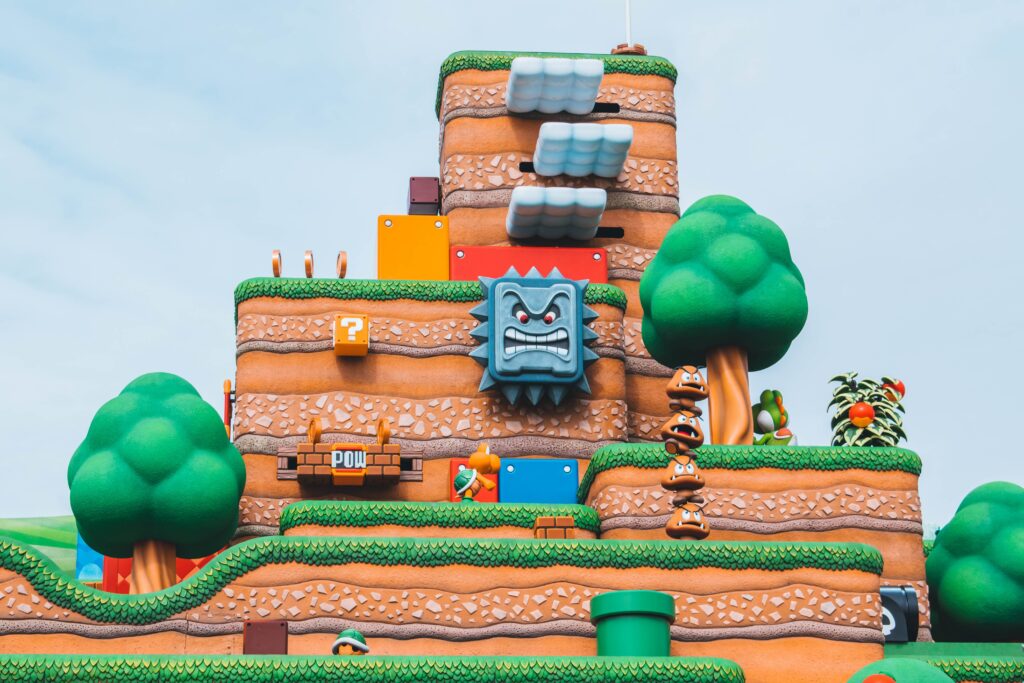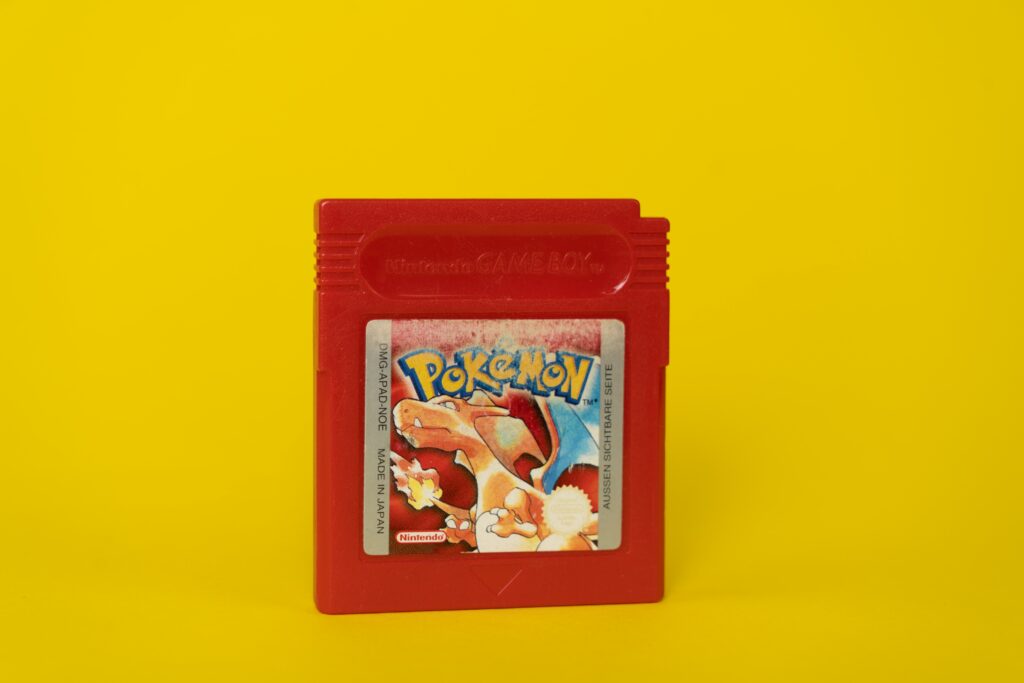The Most Important Nintendo Games to Play Before Tears of the Kingdom

Super Nintendo World in Japan doesn’t even know its own history. (Roméo A.)
Not everyone has felt the raw terror of Ocarina of Time’s water temple, nor felt the tremendous pressure of speedrunning Super Mario Bros. There’s a whole crop of Nintendo fans who will never play those golden oldies, mostly due to diving into titanic new titles including the ultra-hyped The Legend of Zelda: Tears of the Kingdom. Even though some fans are enraged over a spicy review that didn’t kiss the blockbuster’s rings, most gamers are unanimous in their praise of the expansive — yet mindful — design, mechanics, and story.
There are those diehards who’d like to know what under-the-radar Nintendo games fill out the company’s larger canon, though. This list of five now-relatively-old games is an entirely opinion-based selection. These games are for the players who want to get a bit off the beaten path on their walk through the mega-successful company’s history books, spanning a few consoles and a few decades. Buckle up for five of Nintendo’s tremendous and somewhat-slept on bangers.
Paper Mario: The Thousand-Year Door (Gamecube)
I’m a huge simp for this inventive RPG. It came out when I was in about fourth grade, and the meta-play of swapping between 2D and 3D was mind-blowing to my 10-year-old mind. Almost two decades after its release it may still be the strongest Mario RPG ever made, and better than its counterparts in the series. The characters are both fresh and timeless, like the shy and powerful Vivian who doubles as one of Nintendo’s only transgender characters, too. The gameplay never gets old, and the comedy is king. 15/10 would recommend.
Sonic Adventure 2: Battle (Gamecube)
The Sonic fanbase has gotten so out of hand it’s barely funny, more sad and confused. That said, it was a revelation for the franchise when Sonic Adventure 2: Battle released on the Gamecube in the United States in 2002. Each level features a different Sonic character exploring with the world in a specific and fantastic way, with breaks at the ultra-charming chao garden in between stages. Multiplayer is fun — giant robot combat and racing as the best formats — but the balance of difficulty and dynamism in the story mode is what makes this game sing.

For those who’d only played Pokemon Red, Pokemon Snap changed the game — so to speak. (Mika Baumeister)
Pokemon Snap (Nintendo 64)
It’s hard to explain how refreshing and awe-inspiring Pokemon Snap was for gamers who had only played the first-generation Pokemon games on Gameboy. Touring the Pokemon world as an original character, camera and flute in-hand, to see the creatures in their natural habitat was stupendous, the stuff of dreams and birthday wishes.
Kingdom Hearts: Chain of Memories (Gameboy Advance)
Long before it was clear Sora and the gang would become ultra-popular stars in their own right, and even before Kingdom Hearts 2 released in 2005, there was the little-discussed Chain of Memories. The franchise’s long and dubious popularity is why Chain of Memories is even more special: the introduction of Organization 13 characters in a new medium was thoughtful rather than hurried, and the story still felt special and precious rather than head-scratching. The combat system, relying on a card-collecting play style that would go supernova more then a decade later with Blizzard’s Hearthstone, was sharp and innovative. For a fifth grader obsessed with the original Kingdom Hearts, Chain of Memories was huge.
Legend of Zelda: Twilight Princess (Wii)
This felt like the only choice to round out this list. I’ve left out lots of even more old school hits on this list, like Goldeneye for the Nintendo 64 and all of the criminally-underrated Super Mario Bros. Superstar Saga games along the way, not to mention the obvious dynamos like Mario Kart and Super Smash Bros. But Twilight Princess represents a watershed moment in Nintendo’s lineage. It was the first time one of its reliable heroes was portrayed in such a dark format (even though story-wise there were some moody, freaky elements in Majora’s Mask to be sure). The darkness here was conceptual, like Midna’s aesthetic and the fact Link was a fucking werewolf, but also literally: the white and black duality of the game was stark way before Game of Thrones made it cool to do so. Plus, it was fun as hell. Fight me.








